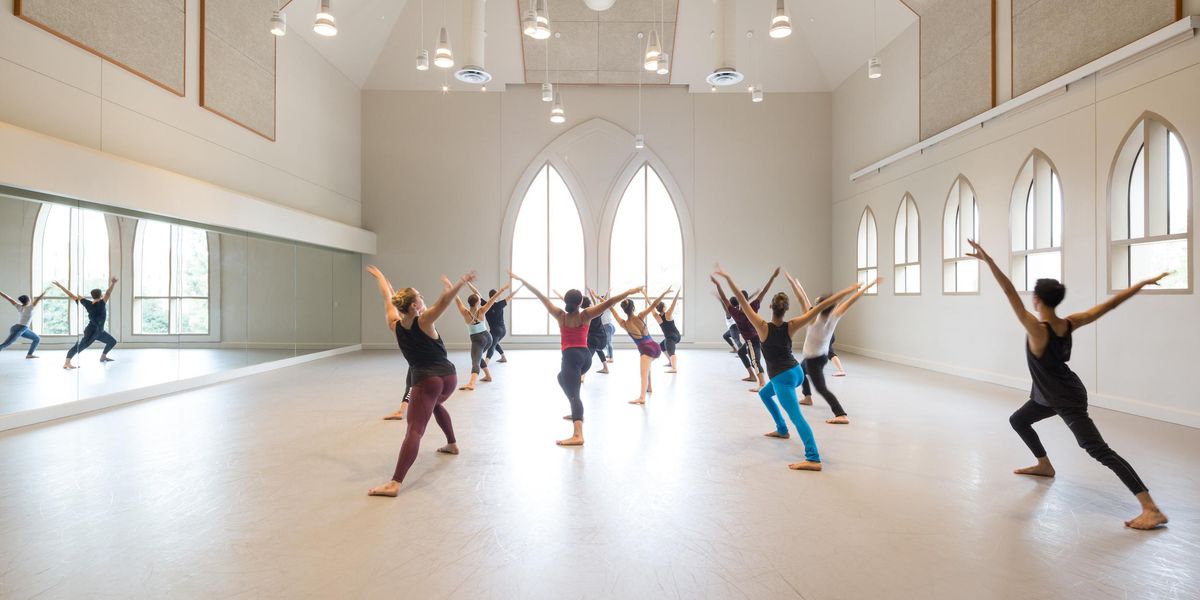Defying Tradition
Rocío Molina has forged a style of flamenco that can’t be defined.
Molina performing at the Jerez Festival. PC Javier Fergo, Courtesy Molina.
Ten years ago, dancer and choreographer Rocío Molina premiered her first full-length production,
El Eterno Retorno, at the Jerez Festival for flamenco in Spain. She was just 21 years old. Four years later she was awarded the highest honor a Spanish dancer can receive—the Ministry of Culture’s National Dance Award. Many thought her too young to receive an award meant to reflect a lifetime of achievement. But whether the prize propelled her or predicted her future, Molina’s rise has been meteoric ever since.
Long before the accolades, Molina was considered a flamenco wunderkind. Thanks to YouTube, anyone can see her dance a caña on regional Andalusian television at age 11. At 15, she left her hometown in Málaga to study in Madrid, joining the María Pagés Company during her last year of school and leaving to start her own company two years later.
Although she is technically astounding and endowed with as much power as any of her more conventional colleagues, Molina has never been what you would call a traditional flamenco dancer. Convention does not suit Molina, who has managed to create a choreographic language entirely her own. She’s famous for restricting her clean footwork to smaller and smaller spaces, most recently dancing on a single floor tile. She at times seems to deconstruct her body and reconstruct it in beautifully disjointed ways: a pointed foot, a lifted knee touching a bent elbow, a limp hand swinging on a smoothly rotating arm. She’s done away with colorful traditional flamenco clothing, opting to wear black spandex leggings and tops, a choice inspired by her enjoyment of watching flesh move.
Not being born into a flamenco family meant that Molina was never told how she should dance. “That gave me a lot of freedom,” she says. “I had to imagine the music and the dance because I didn’t get to see a lot of flamenco. That made me very creative.” Molina’s mother studied ballet in Brussels, but was unable to pursue her dream of dancing professionally upon her return to Spain. Instead, she trained her daughter in ballet from an early age, an experience Molina loved due to the discipline it required.
Molina’s individuality has made her a sensation that the media is intent on intellectualizing. The myth that she is inspired by Nietzsche has circulated incessantly in the media, and even appears on her Wikipedia page. She laughs at the mention of it, saying, “I never said that; it was said for me. I was 20 and carried around
Thus Spoke Zarathustra, but I didn’t understand it.”
Foreign critics sometimes confuse Molina’s organic artistic process with aspirations to somehow legitimize flamenco by fusing it with other styles. Although writers draw parallels between Molina and Pina Bausch, which she finds tremendously flattering, she insists “I’ve never created anything with the goal of being contemporary. I could never perform contemporary dance because I’ve never studied it.”
There’s also a tendency to depict her as a polarizing force. Though there may be detractors who claim that what Molina dances is not “real” flamenco, you’d be hard-pressed to find anyone who doesn’t think she’s an exceptional dancer. “I’ve really never felt hated,” she says.
“I’ve always been very loved, even by flamenco traditionalists.”




